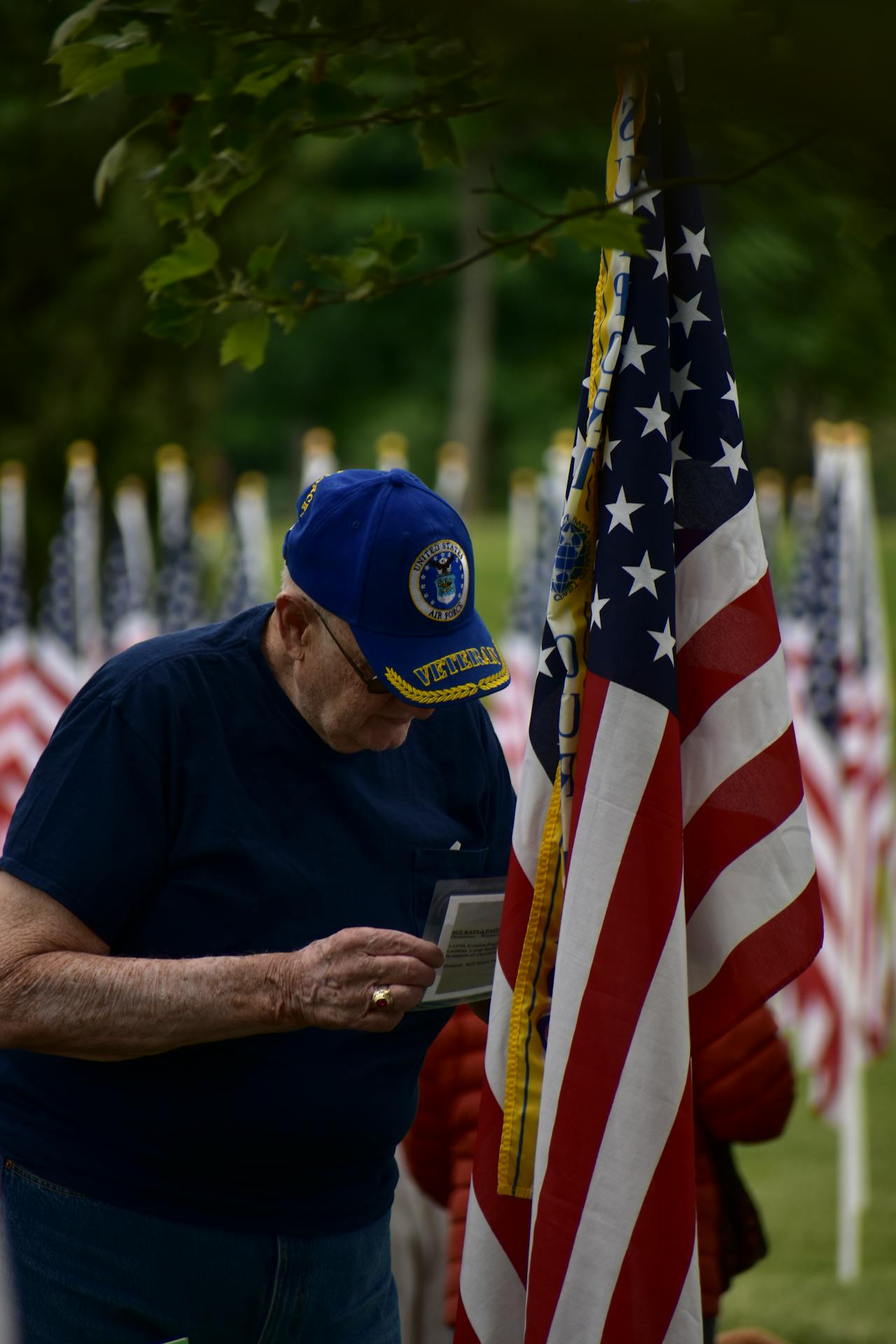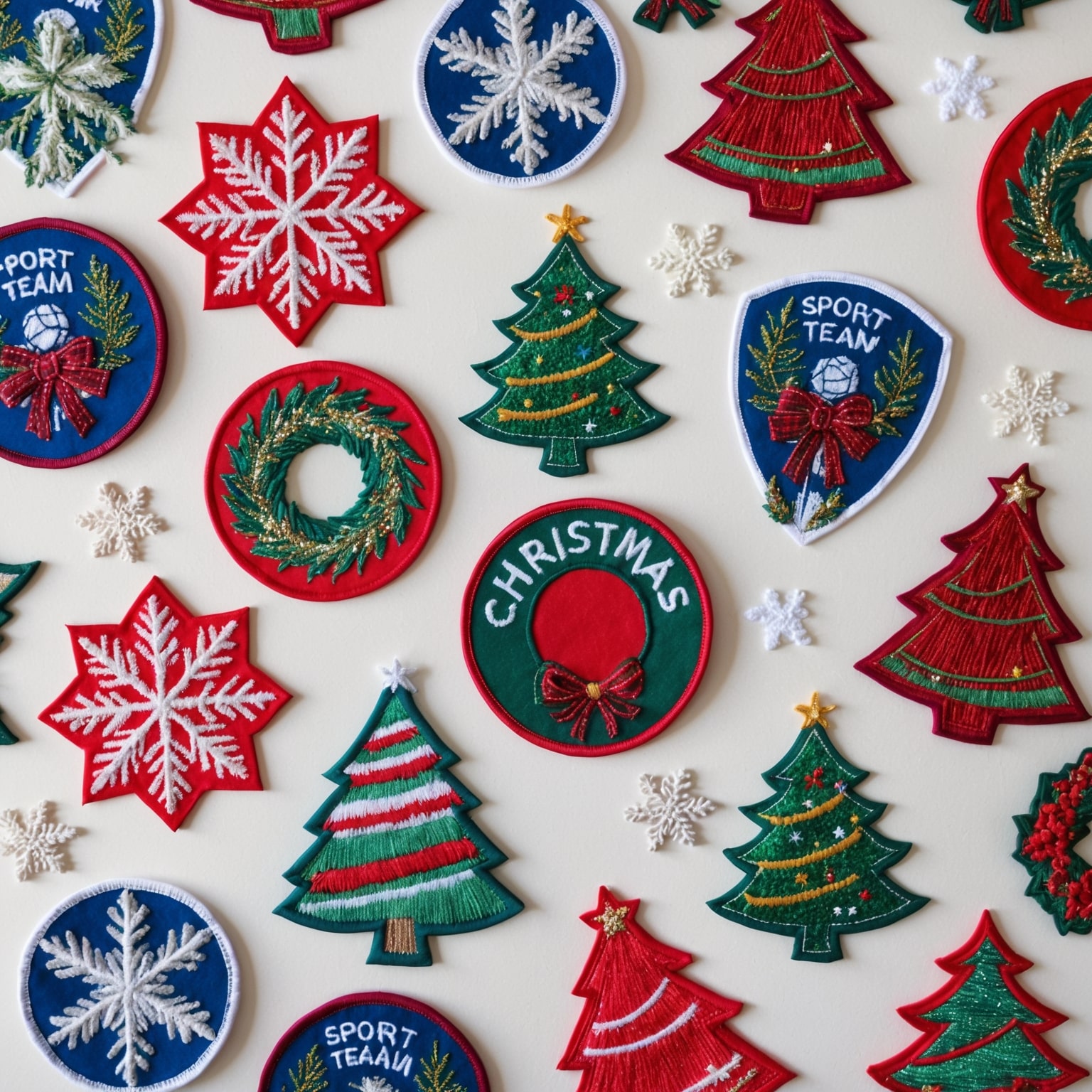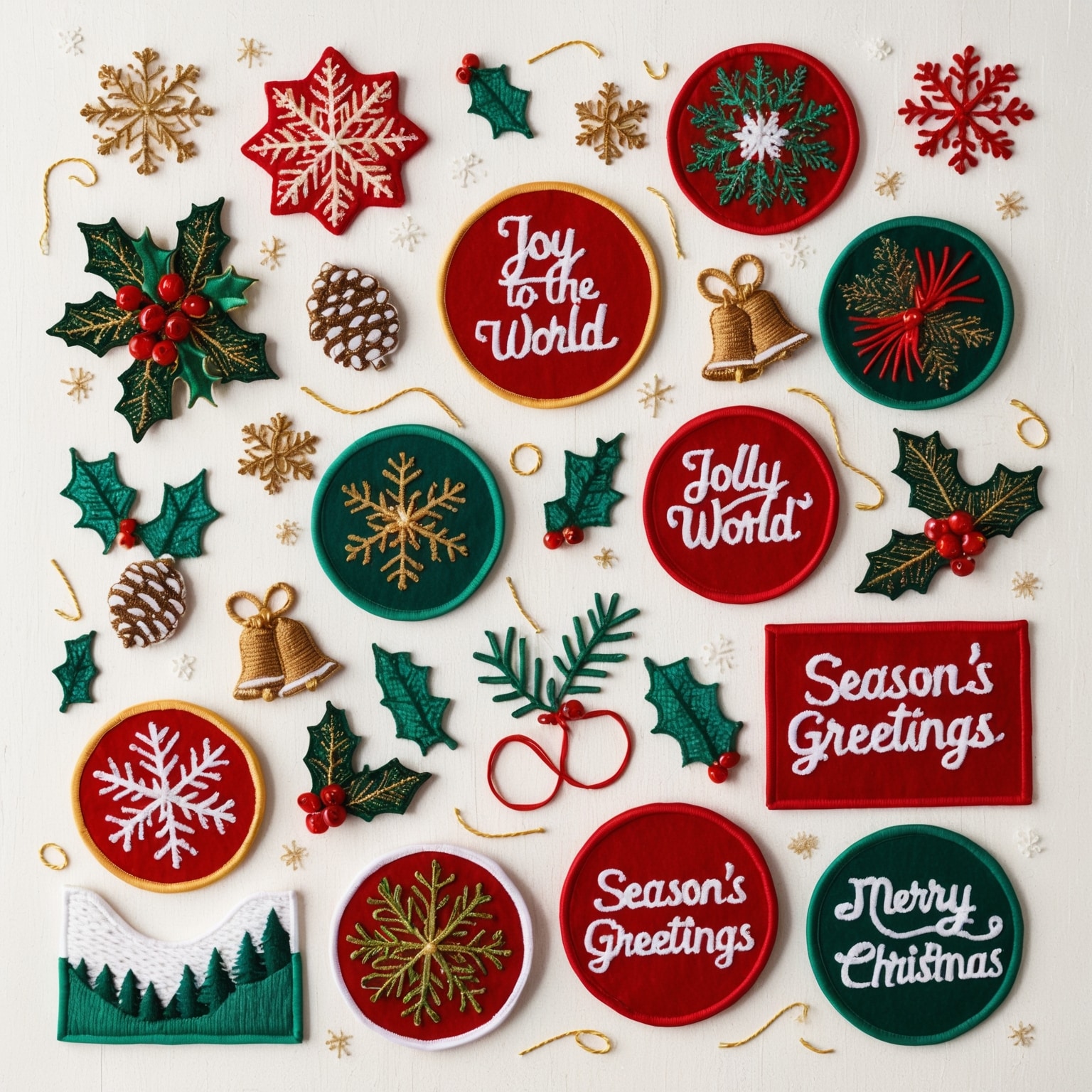The Legacy of Military Patches
Military patches are more than just pieces of fabric sewn onto uniforms; they are symbols of honor, bravery, and tradition. These patches tell the stories of the units, missions, and individuals who wear them, serving as a visual representation of military history and culture. In this comprehensive guide, we will explore the significance behind military patches, delving into their history, design elements, and the meanings they convey. By understanding the rich symbolism of military patches, we gain insight into the pride and dedication of the men and women in uniform.
1. The Origins of Military Patches
Early Beginnings
The use of patches in the military can be traced back to ancient times when warriors adorned their armor with insignias to signify their allegiance and rank. However, the modern military patch as we know it began to take shape during World War I.
Example: During World War I, the British Army introduced embroidered patches to identify different battalions and units, a practice that was soon adopted by other allied forces, including the United States.
Development in World War II
World War II saw a significant expansion in the use of a military patch. Each branch of the military developed its own set of patches to represent divisions, brigades, and special units.
Example: The U.S. Army Air Forces created distinctive patches for each of its units, featuring unique designs and symbols that represented their missions and heritage.
2. The Design Elements of Military Patches
Shapes and Sizes
A Military patch comes in various shapes and sizes, each with its own meaning and purpose. Common shapes include circles, shields, rectangles, and stars.
Example: Circular patches are often used for unit insignias, while shield-shaped patches may denote higher-level commands or divisions.
Colors and Symbols
The colors and symbols used in military patches carry specific meanings. Colors can represent different branches of the military, while symbols can signify missions, heritage, or special honors.
Example: The color green is often associated with the Army, blue with the Air Force, and gold with valor and excellence. Symbols like stars, eagles, and swords are frequently used to represent strength, freedom, and readiness.
Text and Numbers
Text and numbers on military patches provide additional context and identification. This can include the unit name, motto, or numerical designation.
Example: The 101st Airborne Division’s patch features the words “Airborne” and “101,” clearly identifying the unit and its specialized capabilities.
3. The Significance of Specific Military Patches
Unit Insignias
Unit insignias are among the most common types of military patches. They represent specific military units and their unique identities.
Example: The patch of the 82nd Airborne Division, known as the “All American” patch, features a blue and red “AA” symbol, reflecting the division’s history and pride.
Combat Patches
Combat patches, also known as shoulder sleeve insignia (SSI), indicate a soldier’s service in a particular combat zone. These patches are worn on the right shoulder of the uniform.
Example: The combat patch of the 1st Cavalry Division, featuring a black diagonal stripe and a horse head, signifies the unit’s participation in combat operations.
Special Forces Patches
Special Forces patches are designed to represent elite military units and their specialized missions. These patches often include symbols that denote secrecy, skill, and strength.
Example: The patch of the U.S. Army Special Forces, known as the “Green Berets,” features a dagger and three lightning bolts, symbolizing the unit’s motto, “De Oppresso Liber” (To Free the Oppressed).
4. The Role of Military Patches in Identity and Morale
Building Unit Cohesion
Military patches play a crucial role in building unit cohesion and fostering a sense of belonging among service members. Wearing the same patch creates a shared identity and pride in the unit.
Example: Soldiers in the 101st Airborne Division wear the Screaming Eagle patch, fostering a strong sense of unity and pride in their elite status.
Recognizing Achievements
Military patches are often used to recognize individual and unit achievements. Patches can signify successful missions, commendations, and special honors.
Example: The Presidential Unit Citation patch is awarded to units that display extraordinary heroism in action against an armed enemy, signifying the highest level of collective achievement.
Preserving History and Tradition
Patches serve as a tangible connection to the history and traditions of the military. They honor past achievements and maintain a sense of continuity across generations of service members.
Example: The patch of the 3rd Infantry Division, featuring blue and white stripes, has remained largely unchanged since World War I, preserving the unit’s storied history.
5. The Process of Creating Military Patches
Design and Approval
The process of creating a military patch begins with the design phase, where elements such as colors, symbols, and text are carefully chosen to represent the unit’s identity. The design must be approved by military authorities before production begins.
Example: The design for a new Air Force squadron patch is submitted to the Air Force Historical Research Agency for approval, ensuring it meets all guidelines and standards.
Production Techniques
Military patches are typically produced using embroidery or woven techniques. Embroidered patches involve stitching the design onto a fabric backing, while woven patches use a loom to create a detailed and durable design.
Example: An embroidered patch for a Marine Corps unit is created by stitching the unit’s emblem and colors onto a twill backing, resulting in a vibrant and durable patch.
Distribution and Wear
Once produced, military patches are distributed to the appropriate units and worn on uniforms according to specific regulations. Patches are placed on designated areas of the uniform, such as the shoulder or chest.
Example: New recruits in the Navy receive their unit patches upon completing basic training, proudly displaying their affiliation on their uniforms.
6. The Evolution of Military Patches
Modern Innovations
Advancements in technology and materials have led to innovations in the design and production of military patches. Modern patches can include features such as Velcro backing for easy attachment and removal, as well as infrared and glow-in-the-dark elements for enhanced functionality.
Example: A special operations unit uses patches with infrared markers that are visible through night vision goggles, aiding in identification during nighttime operations.
Commemorative and Limited-Edition Patches
In addition to standard issue patches, commemorative and limited-edition patches are created to mark special events, anniversaries, and achievements. These patches often become highly collectible among service members and enthusiasts.
Example: The 75th anniversary of D-Day is commemorated with a limited-edition patch featuring the iconic image of paratroopers landing in Normandy, becoming a sought-after collectible.
7. The Impact of Military Patches Beyond the Military
Civilian Collectors and Enthusiasts
Military patches have a significant following among civilian collectors and enthusiasts. These individuals often seek out rare and historical patches to add to their collections, appreciating the artistry and history they represent.
Example: A military history enthusiast collects patches from various conflicts, displaying them in a shadow box to showcase the evolution of military insignia over time.
Veteran Organizations and Events
Veteran organizations and events frequently use military patches to honor service members and their contributions. Patches are often distributed at reunions, parades, and other gatherings to recognize and celebrate military service.
Example: A Vietnam War veterans’ reunion distributes patches featuring the emblem of the 1st Cavalry Division, honoring the service and sacrifices of its members.
Pop Culture and Fashion
Military patches have also made their way into pop culture and fashion, with many clothing brands incorporating patch designs into their collections. This trend reflects the widespread recognition and appreciation of military symbols.
Example: A fashion brand releases a line of jackets adorned with replica military patches, appealing to consumers who admire the style and symbolism of military insignia.
The Enduring Significance of Military Patches
Military patches are more than just decorative elements; they are powerful symbols of honor, tradition, and identity. From their origins in ancient warfare to their modern-day use in armed forces around the world, these patches tell the stories of the units and individuals who wear them. By exploring the history, design, and meanings behind military patches, we gain a deeper appreciation for the sacrifices and achievements of service members.
Whether worn on the battlefield, displayed in a collection, or incorporated into fashion, military patches continue to inspire and connect us to the enduring legacy of those who serve. As we honor the significance of military patches, we also honor the bravery, dedication, and pride of the men and women in uniform.
If you are interested in purchasing high-quality custom patches, feel free to call us at 1-877-503-8485 or fill out one of our FREE quotes here.




